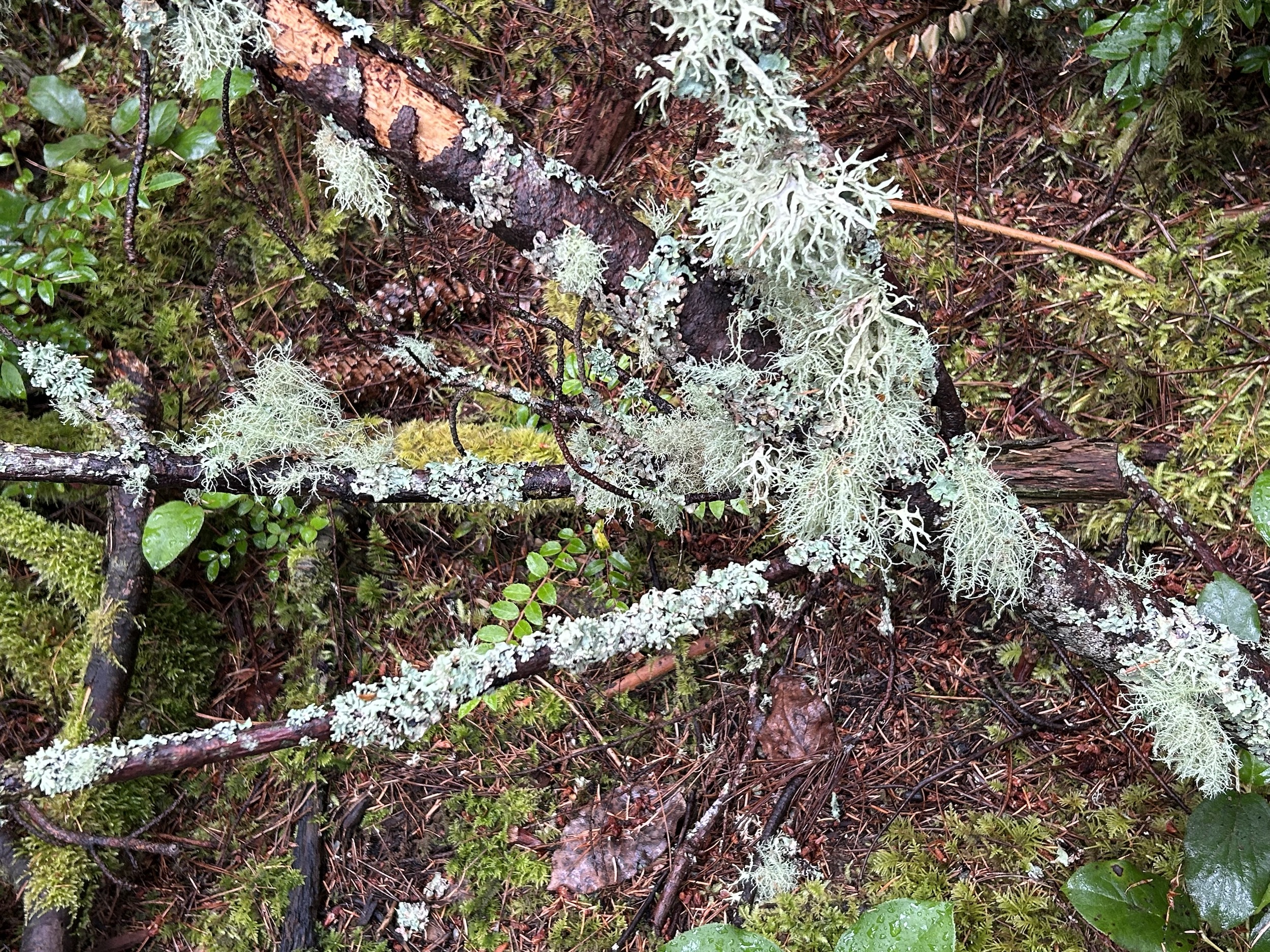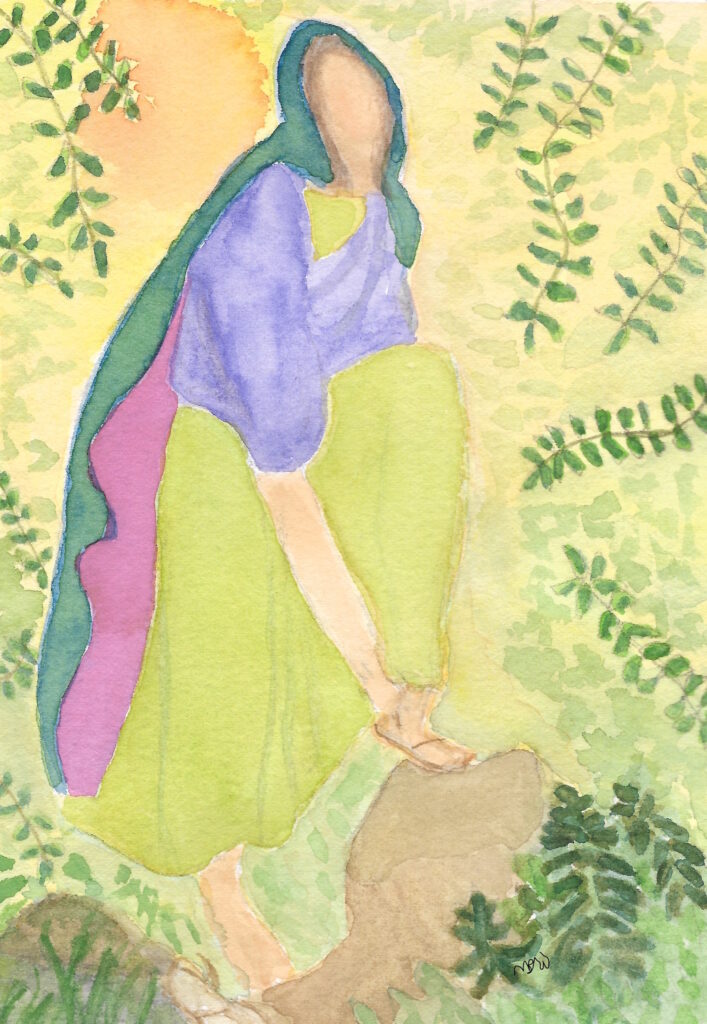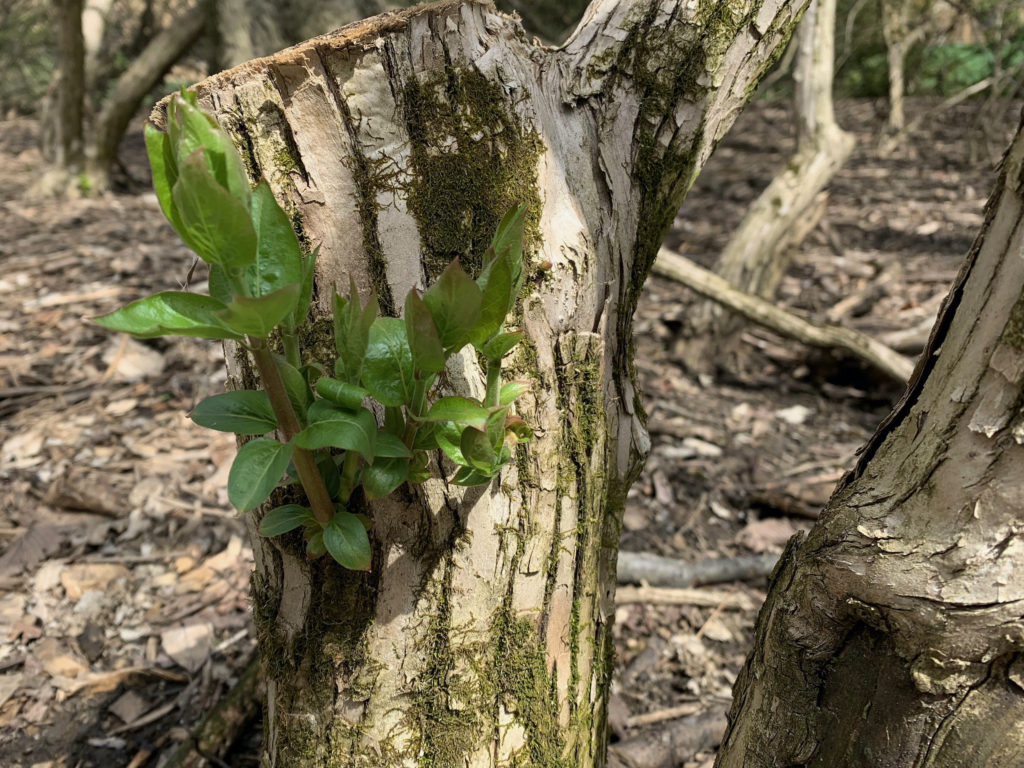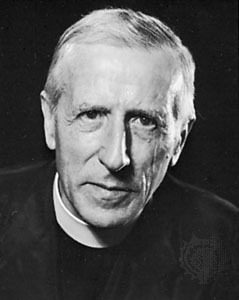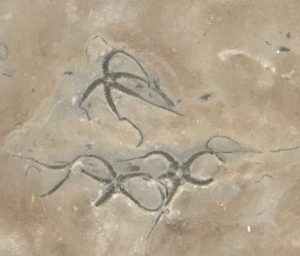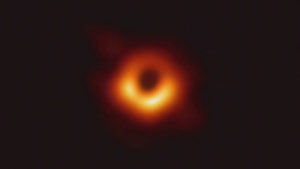While the concept of “entanglement” is not new, it is increasingly encountered today.
Suzanne Simard’s work and book, Finding the Mother Tree, reveal the entanglement of tree roots, fungus, and mycelium that connects individual trees, creating a community. This intricate, underground network allows trees to communicate with each other, warning of impending danger and responding to one another’s distress. Through it, mature trees share nutrients with young ones growing beneath their canopy.
The word “entanglement” appears in current spiritual writing, referencing its use in quantum physics. Care must be taken in appropriation of a term from one discipline to another. “Entanglement” in a physicist’s work has a different meaning than it does in a theologian’s. Still, it provides an apt metaphor.
Quantum physics offers an extraordinary look at how matter, at an elemental level, can be connected even when separated by vast distances. True not only between individual particles, but also among thousands of atoms and molecules within the animate and inanimate. Entangled particles act as one thing.
And there is the metaphor: All creation is entangled, made one by the shared, enlivening force called by many names: God, Ground of Being, Presence, Holy One, Spirit.
Entangled creation includes human beings. Despite the “othering” that happens – especially during the current political climate – dividing humanity into groups of “them” and “us”, we are profoundly connected. What is done to one affects all.
Suffering and violence around the world affect those far from it. Joy, enthusiasm, and kindness reach across the globe, making it a better place.
That human beings continue to war against one another and to destroy this planet, ignoring the warnings of extreme weather, vanishing species and habitats, and poisoned waters, are indicators that the reality of entanglement often goes unrecognized.
Yet it calls for a response: Respect. Respect entails reverencing all people, all things. Respect is the appropriate response to the Presence residing deep within each of us, within all creation, from the smallest particle to the vast cosmos. All is holy ground.
We are called, like Moses, to take off our shoes.
slightly different version originally published in Awakenings the newsletter of The Spirituality Network, September 2024
Photo: Mary vay Balen
Source:
“What is Entanglement and Why Is It Important?” on Caltech Science Exchange
